Radon Gas Abatement Costs Explained
Understanding the factors influencing the cost of radon gas abatement is essential for property owners considering mitigation measures. This page provides a detailed overview of cost components, influencing factors, and related services to assist in informed decision-making.
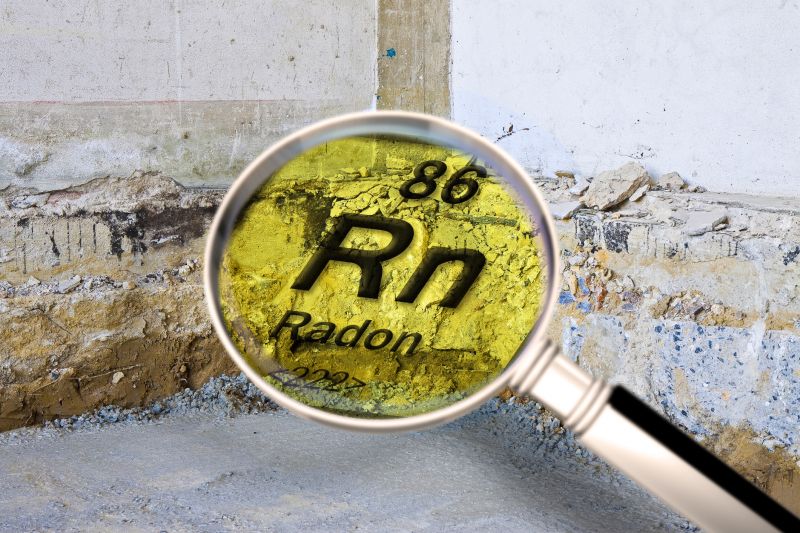
Larger or complex floor plans typically require more extensive mitigation systems, impacting overall costs.
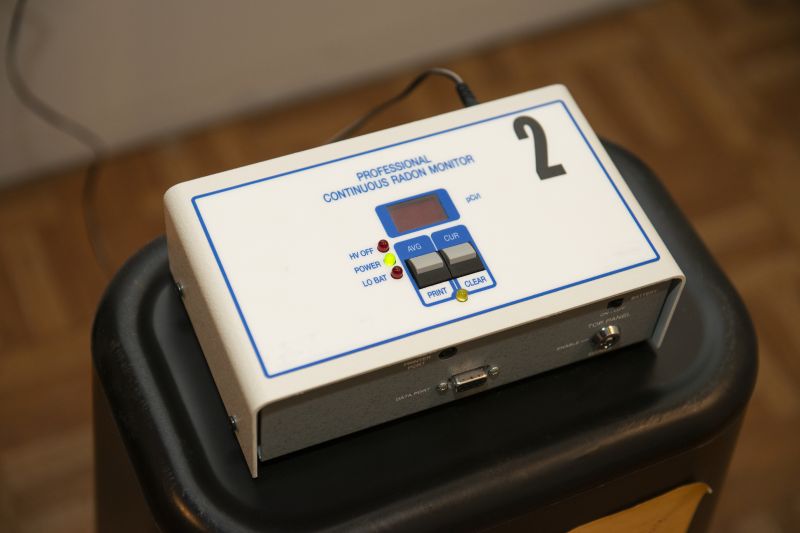
Higher radon concentrations may necessitate more advanced or multiple mitigation methods, influencing price.
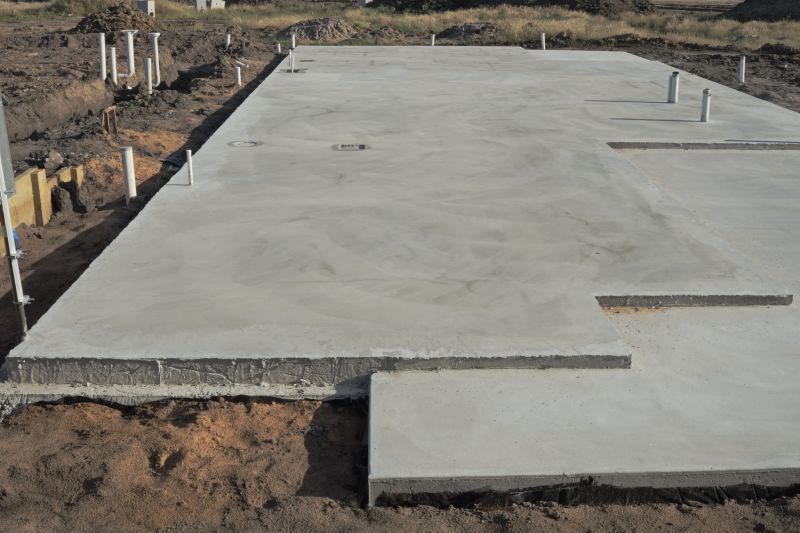
Basement, slab-on-grade, or crawl space foundations affect installation complexity and costs.
| Cost Factors | Details |
|---|---|
| System Type | Active sub-slab depressurization systems are most common, with costs varying based on complexity. |
| Property Size | Larger homes generally incur higher installation and material costs. |
| Foundation Type | Different foundation structures influence installation difficulty and costs. |
| Radon Level | Higher radon concentrations may require additional or more robust mitigation measures. |
| Accessibility | Ease of access to installation areas can affect labor costs. |
| Labor Rates | Regional labor costs impact total project expenses. |
| Permitting Fees | Local permits can add to the overall cost. |
| Maintenance Requirements | Ongoing system upkeep can influence long-term expenses. |
The cost of radon gas abatement varies significantly based on property characteristics and radon levels. Typically, installation expenses range from a few hundred to several thousand dollars. Proper assessment and consultation with certified specialists can ensure the selection of an appropriate mitigation system tailored to specific property needs. While initial costs may appear substantial, effective radon reduction contributes to healthier indoor air quality and can prevent long-term health issues.
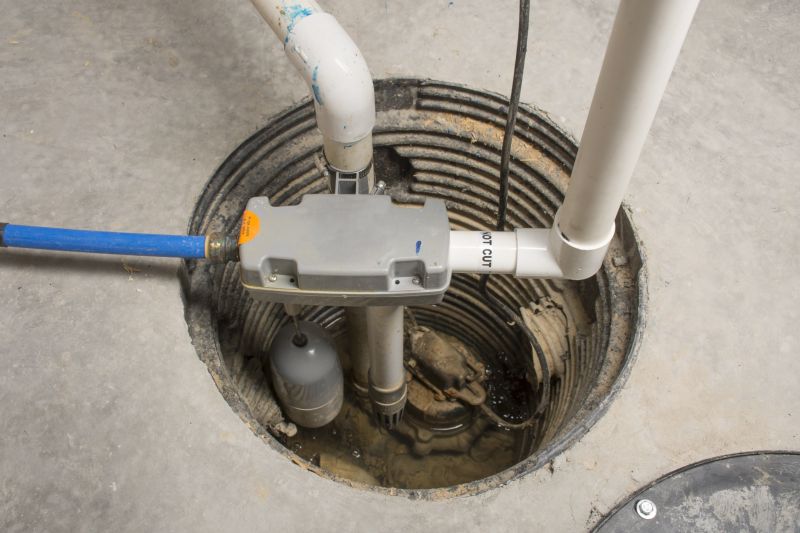
These systems are used in basements with sump pits to vent radon gas effectively, with costs depending on installation complexity.
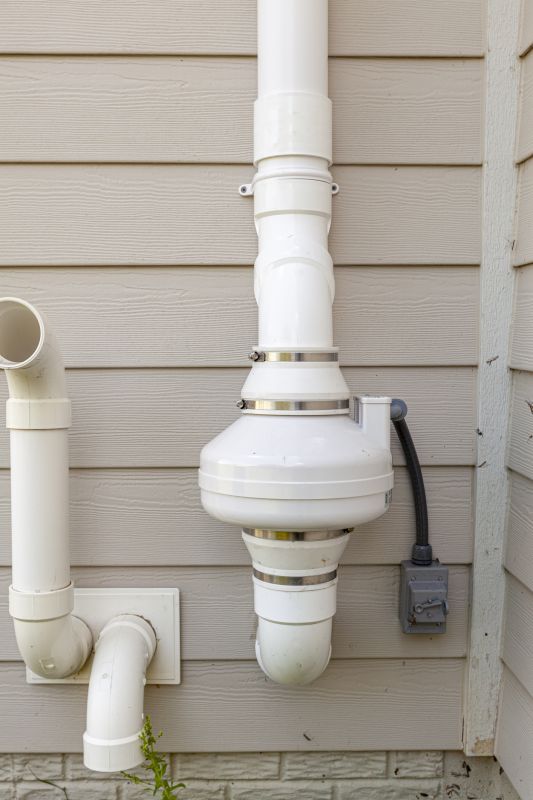
Sealing foundation cracks and venting radon outdoors are cost-effective measures that can reduce overall mitigation costs.
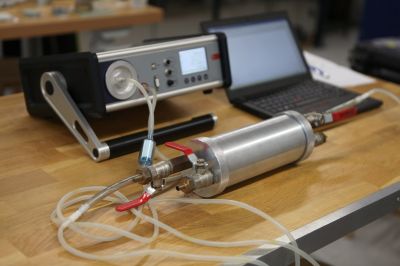
Supplementary air filtration systems can be added for enhanced indoor air quality, influencing total costs.
| Service | Average Price Range |
|---|---|
| Radon Mitigation System Installation | $1,000 - $3,000 |
| Radon Testing and Evaluation | $150 - $400 |
| Foundation Sealing | $500 - $2,000 |
| Continuous Radon Monitoring Devices | $100 - $300 |
| Air Purifier Installation | $200 - $600 |
| Sump Pump System Setup | $1,500 - $4,000 |
| Vent Pipe Installation | $800 - $2,500 |
| Permit and Inspection Fees | $100 - $500 |
| Post-Installation Radon Testing | $100 - $300 |
| Maintenance and System Checkups | $100 - $200 annually |
The costs associated with radon gas abatement are influenced by a combination of property-specific factors and the chosen mitigation approach. Proper evaluation by qualified professionals ensures effective reduction tailored to the particular needs of each property. Budgeting for initial installation, periodic testing, and system maintenance is essential for maintaining a safe indoor environment.
